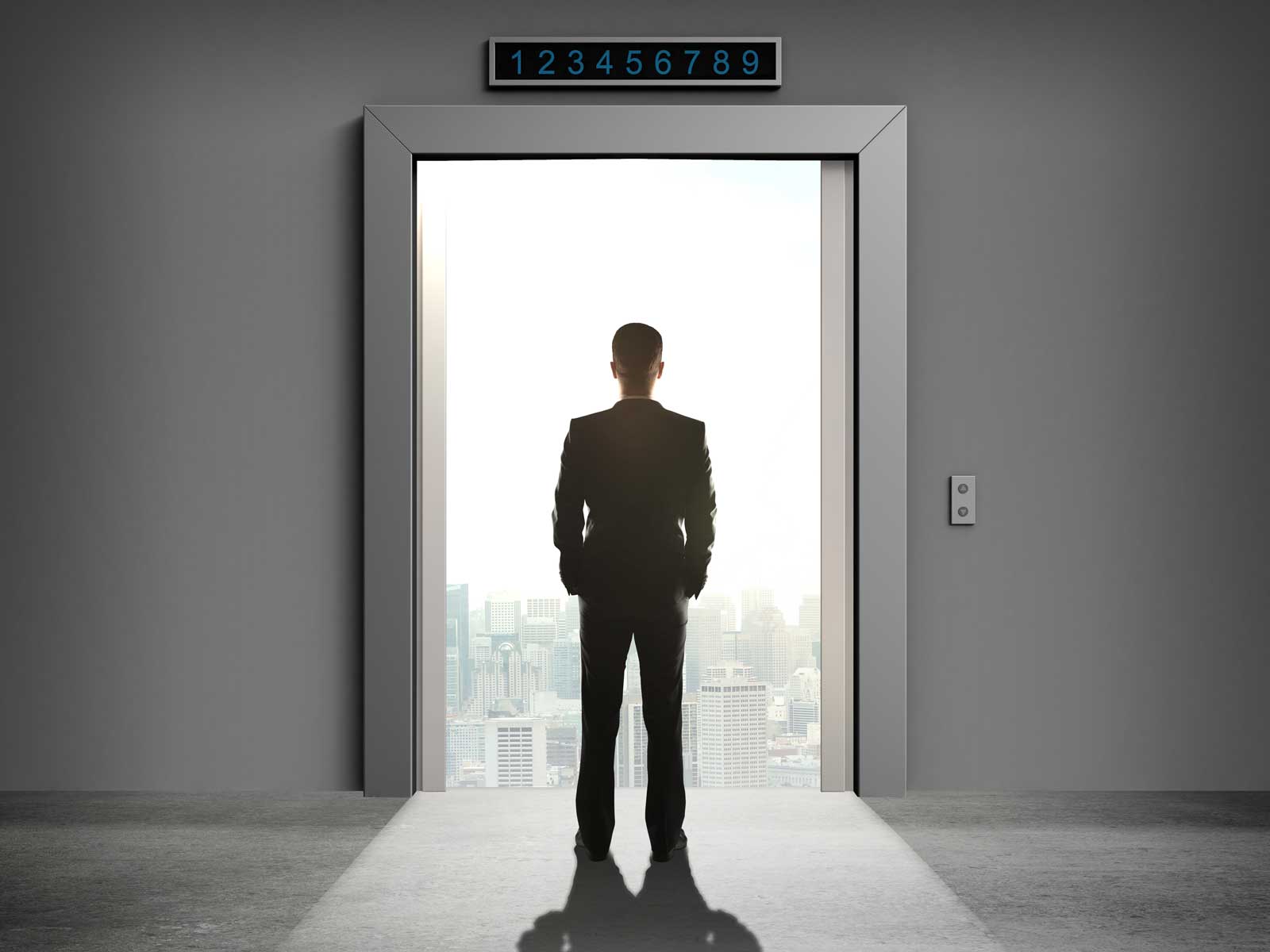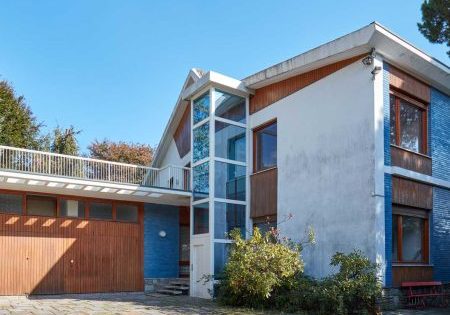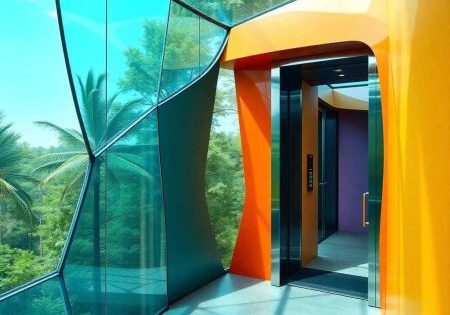The Journey of the Elevator World: Part 2
Jul 27, 2025

by Semih Çalık
Hello, we are together again with a new issue.
This time, the second stop on our series titled “The Journey of the Elevator World” is the silent but powerful role elevators play in the construction of sustainable cities.
Throughout history, humans have sought ways to move. First horizontally, then upward, toward the sky. Today, cities are no longer growing horizontally but vertically. This growth brings with it not only architectural changes but also increased resource consumption, energy use and environmental impact. This is where vertical-transportation systems come into play, becoming not just a technical solution but an integral part of the sustainable urbanism vision.
The global decline in energy resources, the increasing effects of the climate crisis and stricter carbon emission policies have placed the environmental impact of building systems at the center of the agenda. Elevators are often the invisible heroes in this equation.
However, when considering energy consumption, it is also a fact that these systems can account for 5-10% of annual electricity consumption in high-rise buildings. Therefore, elevators are no longer a detail that can be overlooked in sustainable city goals, but rather a strategic issue that requires direct intervention. Regulations in developed countries are accelerating this transformation.
For example, within the framework of the European Union’s 2030 Climate Goals, the requirement to increase energy efficiency at the building level necessitates that elevator systems also transition to structures that consume less energy and can partially power themselves. Regenerative drive systems are one of the main actors in this transformation. Recovering the kinetic energy released when the cabin moves downward or when the motor is not supported by the counterweight results in significant annual electricity savings. In commercial buildings and public structures with high usage, these systems offer both economic and environmental benefits with energy recovery rates of up to 20%.
Another important area of transformation for elevators is their integration with smart building systems. Elevators are no longer just devices that respond to calls; they are systems that collect data, analyze it and optimize movement strategies. Thanks to AI-supported traffic management algorithms, cabins are distributed efficiently during peak hours, unnecessary stops are reduced, waiting times are shortened and energy consumption is lowered. In systems fed by big data, user density, floor-based transition statistics and time-based traffic behavior are continuously analyzed.
At the same time, smart sensor technologies enable elevator systems to predict malfunctions in advance and send automatic alerts to maintenance teams. This both increases safety and eliminates unexpected energy consumption-related deviations. It should not be forgotten that a malfunctioning system is not only a serious risk in terms of safety, but also in terms of energy efficiency.
Another dimension of sustainable vertical movement is material selection and environmental footprint. Recyclable metals, low-energy plastics and long-lasting electronic components used in new-generation elevator cabins are important for reducing the system’s total carbon footprint. In addition, micro solutions such as LED lighting that can switch to sleep mode, screens that turn off during standby and low-speed standby motors reduce overall energy consumption.
Beyond this, certain behavioral models that contribute to sustainability at the societal level are also being promoted.
For example, in some European countries, awareness campaigns are being conducted to reduce elevator use in buildings with one or two floors. Such micro-strategies also help establish the cultural infrastructure for systems that achieve greater efficiency with less energy consumption. Today, it is not just elevator manufacturers who are responsible for this transformation; project developers, architects, facility managers and even building occupants also play a role.
Because sustainability is not just a product-based performance metric, it is a collective transformation vision. An elevator system can be energy efficient, but if user behavior does not accompany this, the gains will be limited. This is precisely why changing user habits, correctly communicating the environmentally friendly features of systems and raising awareness among all stakeholders are necessary.
Global “green building” certification programs are also one of the key drivers of this transformation. In international systems such as LEED (Leadership in Energy and Environmental Design), BREEAM (Building Research Establishment Environmental Assessment Method), and DGNB (Deutsche Gesellschaft für Nachhaltiges Bauen), elevator and escalator systems are directly or indirectly included in the evaluation criteria. In the BREEAM system, technical factors such as energy efficiency, standby modes and traffic analysis directly influence the scoring for transportation systems operating above a certain speed. In the LEED system, while these systems are not a direct scoring criterion, they are included in the evaluation process based on their contribution to the building’s overall energy performance. The DGNB system analyzes elevators in a multi-layered manner based on components such as energy consumption, material sustainability and economic quality. This compels manufacturers to redirect their R&D investments toward environmentally friendly solutions. Indeed, within this framework, the elevator sector has become one of the “invisible engineering” fields that play a significant role in reducing carbon emissions.
Thanks to this invisible yet effective engineering, cities are becoming more livable. Buildings are not only moving vertically but also environmentally upward. People are gaining energy along with time. Sustainability is no longer an option; it is the technological response to necessity. And this response is evident on every elevator floor.
An elevator is not just a mode of transportation; it is the silent partner of sustainable cities. Designing it correctly, operating it intelligently and using it consciously are among the most concrete ways to build the vertical cities of the future today.
Get more of Elevator World. Sign up for our free e-newsletter.









